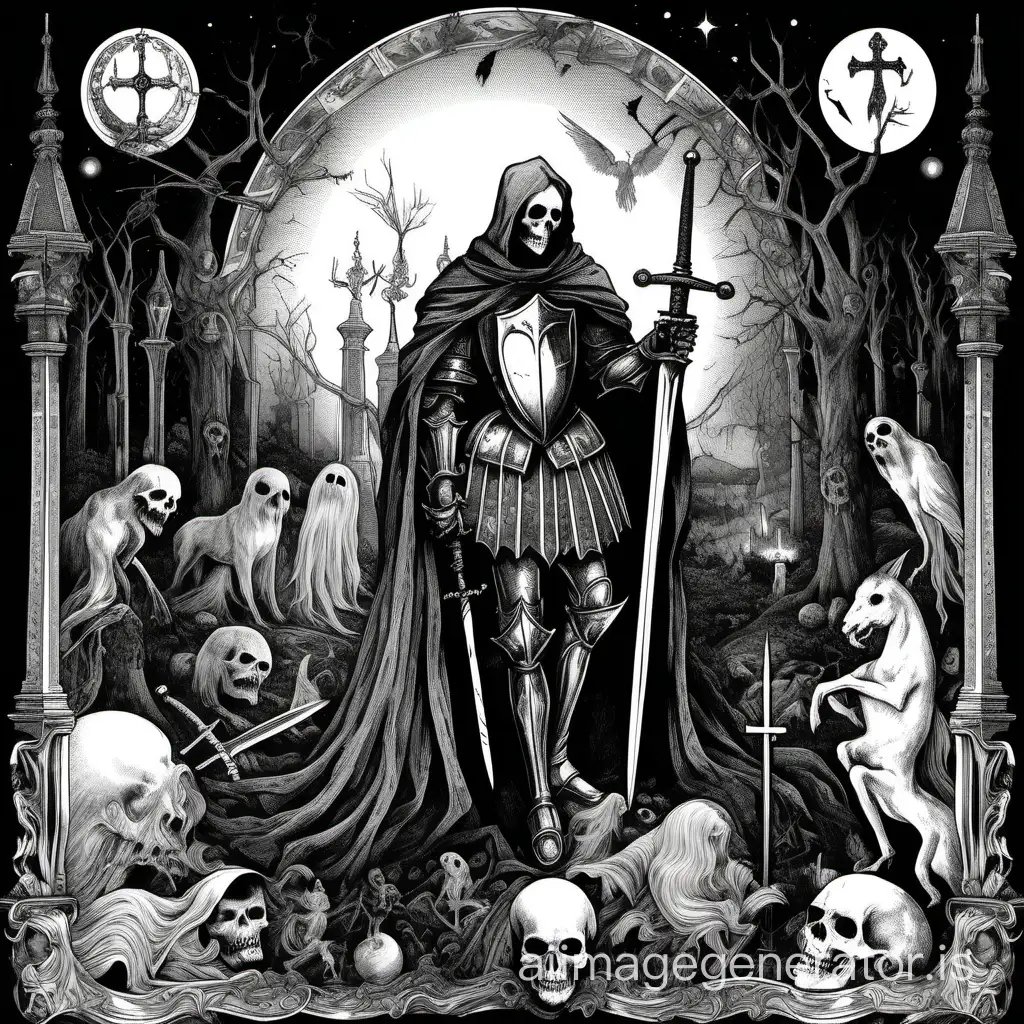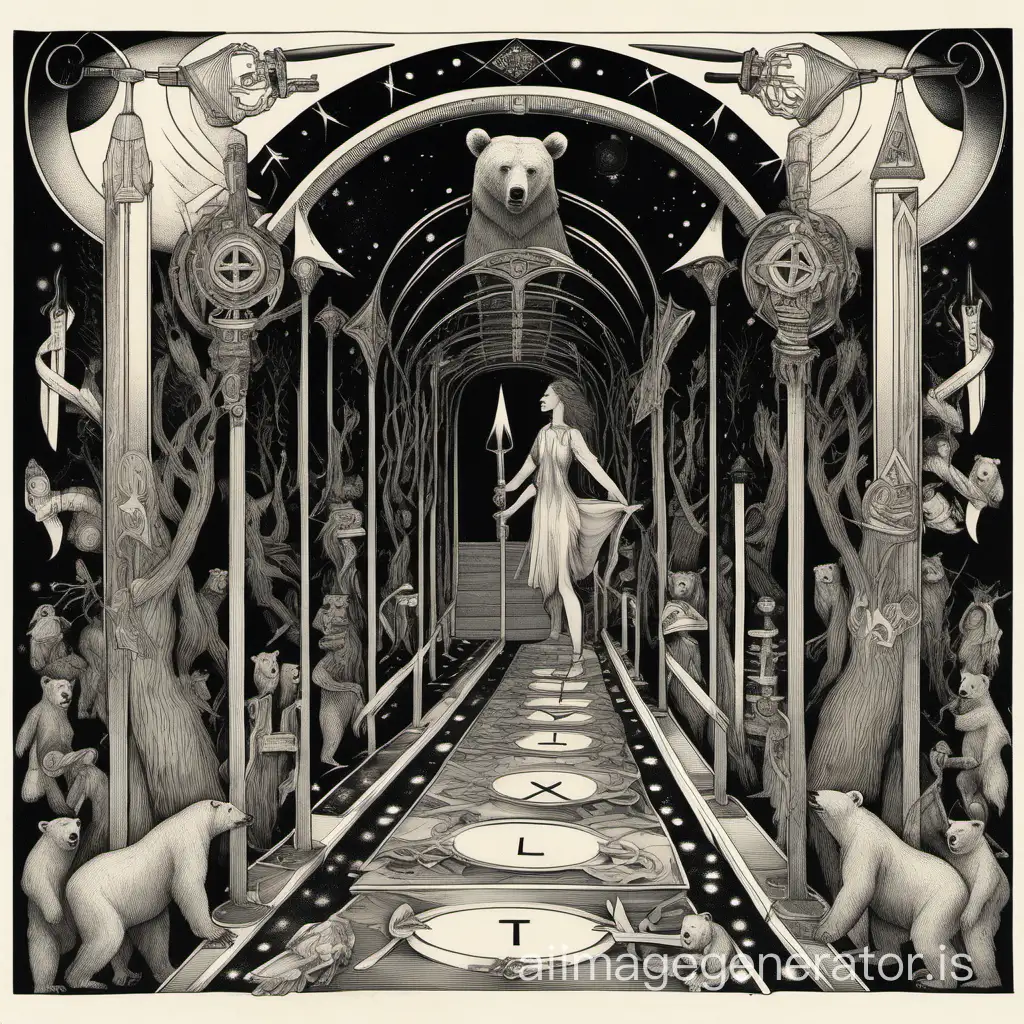Free Lithography Image Generator
Just imagine, and we'll instantly return a variety of personalized Lithography images—designed to bring your creativity to life!
- 4:3
- 3:4
- 1:1

image.state.default


Related Tags
Lithography is a printing process that involves creating images on a flat surface, traditionally stone or metal plates, using a greasy substance. The term originates from the Greek words 'lithos' (stone) and 'graphein' (to write). Invented in the late 18th century by Alois Senefelder, lithography revolutionized the printing industry by allowing for high-quality, mass production of images and text. Today, modern lithography techniques are used in various fields, including fine art, commercial printing, and semiconductor manufacturing.
Understanding Lithography: Definition and Background
Lithography is known for its ability to produce detailed and high-quality prints. The process involves drawing an image with a greasy substance on a lithographic stone or plate, which is then treated with chemicals to ensure that the drawn areas attract ink while the non-drawn areas repel it. This technique is widely used in both artistic and industrial applications. In art, lithography allows for the reproduction of intricate images and is favored by many artists for its versatility. In industry, it's crucial for the production of printed circuits and semiconductor devices.
Characteristics and Applications of Lithography
There are several styles and types of lithography, each with unique characteristics and uses. Traditional stone lithography involves drawing directly on a stone surface, while offset lithography uses metal plates and rubber blankets to transfer images to paper, making it ideal for high-volume printing. Photolithography, used extensively in the semiconductor industry, involves transferring patterns onto silicon wafers using light. Each type of lithography offers distinct advantages, whether for creating artistic prints or manufacturing electronic components.
Different Styles and Types of Lithography
Lithography has had a profound impact on both culture and technology. In the art world, it has enabled artists to produce multiple copies of their work, making art more accessible to the public. Notable artists like Henri de Toulouse-Lautrec and Pablo Picasso have utilized lithography to create some of their most famous pieces. Technologically, lithography is a cornerstone of modern electronics, playing a critical role in the fabrication of integrated circuits and microchips. This dual influence underscores lithography's importance across diverse fields.
Impact of Lithography on Modern Culture and Technology